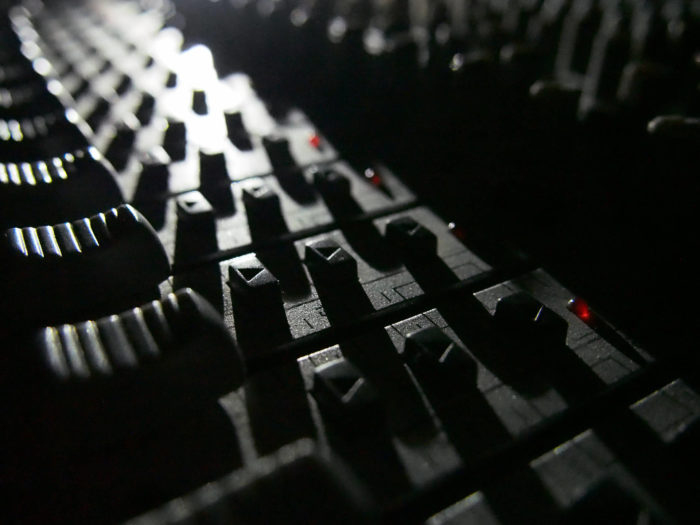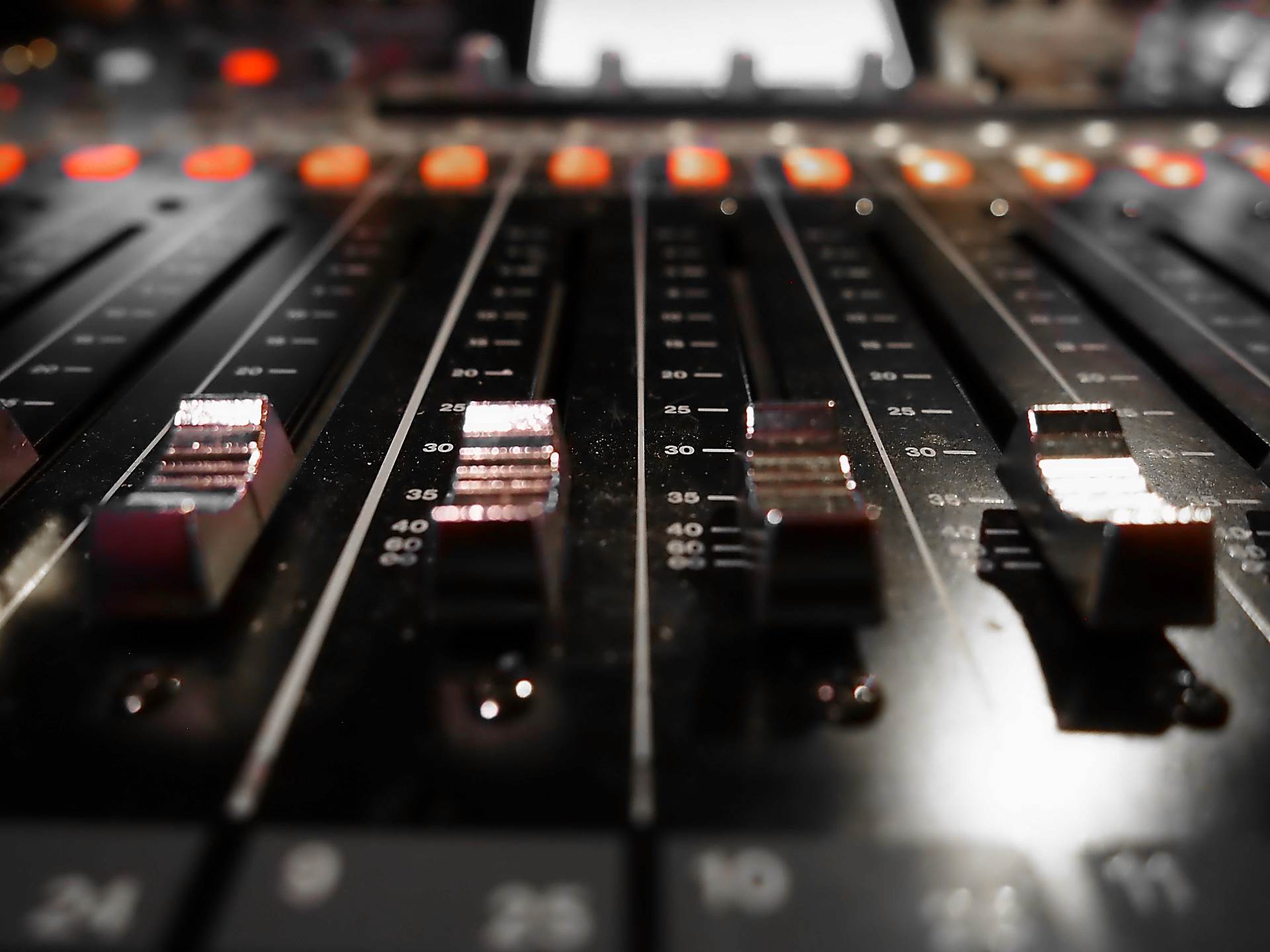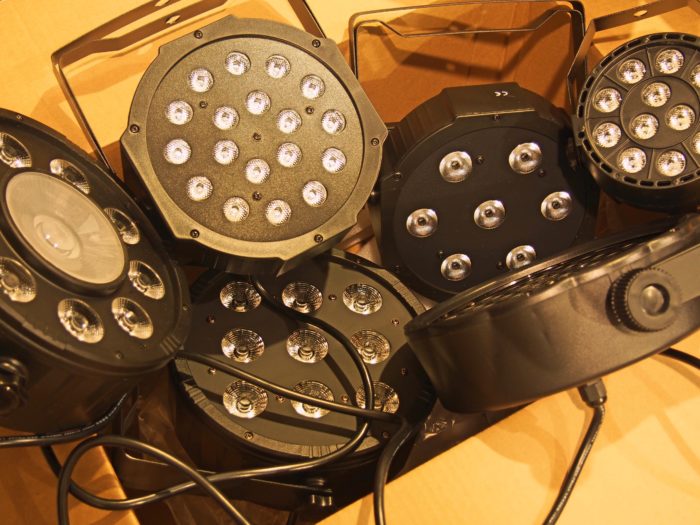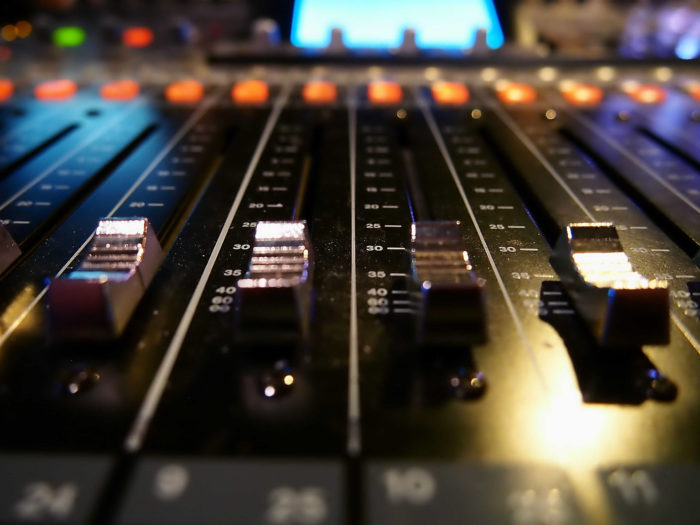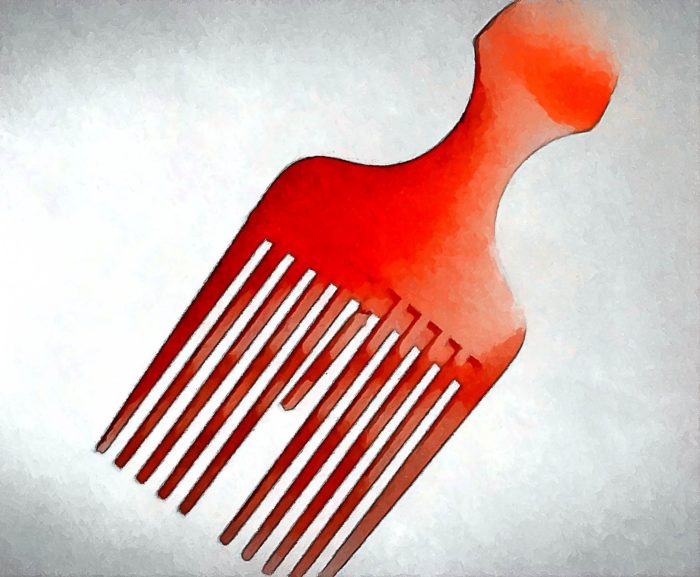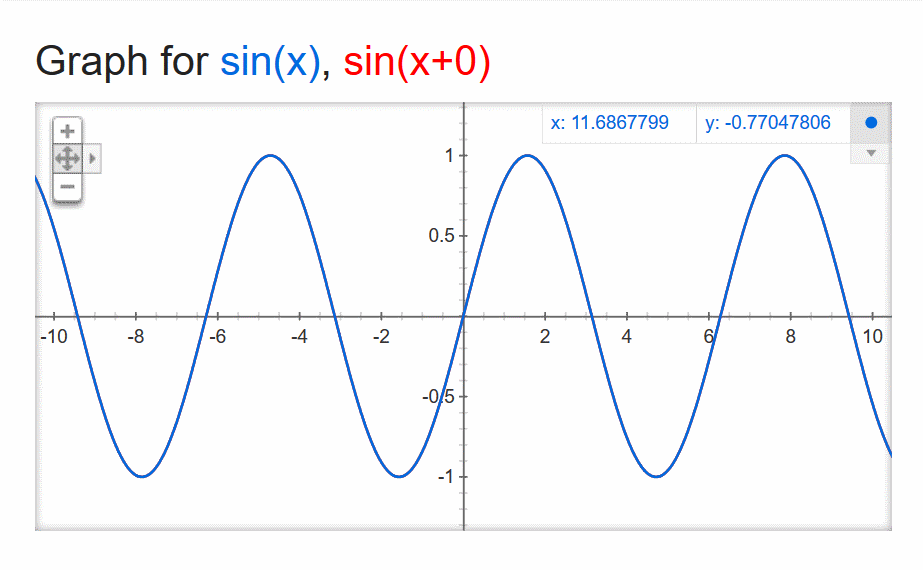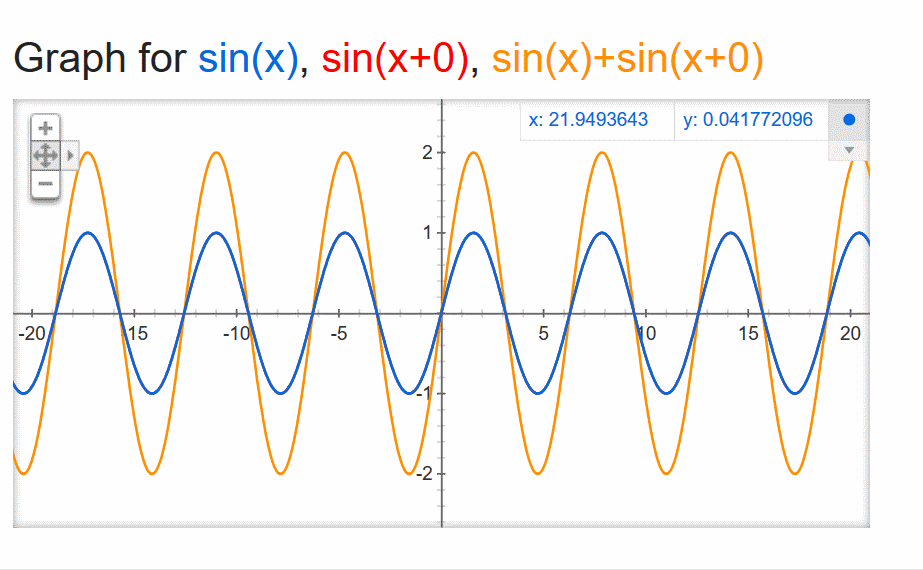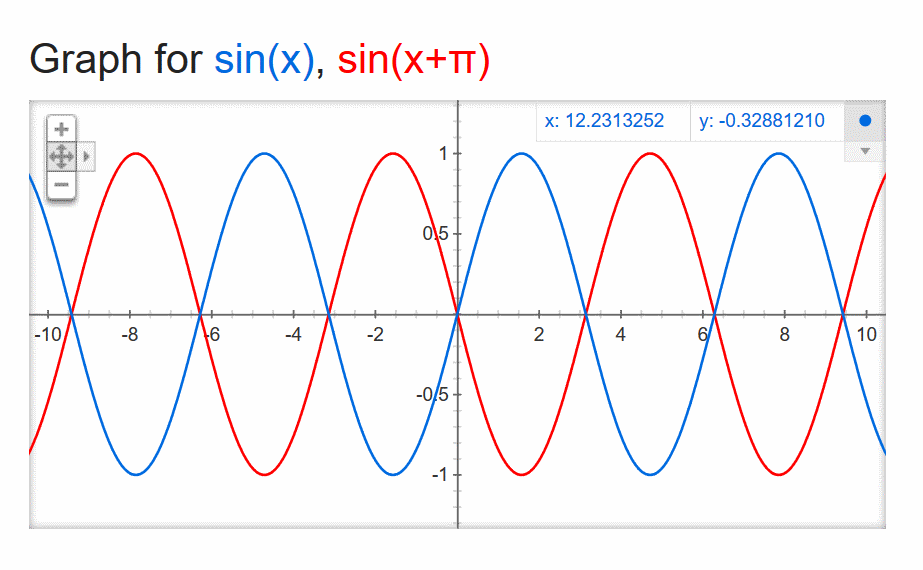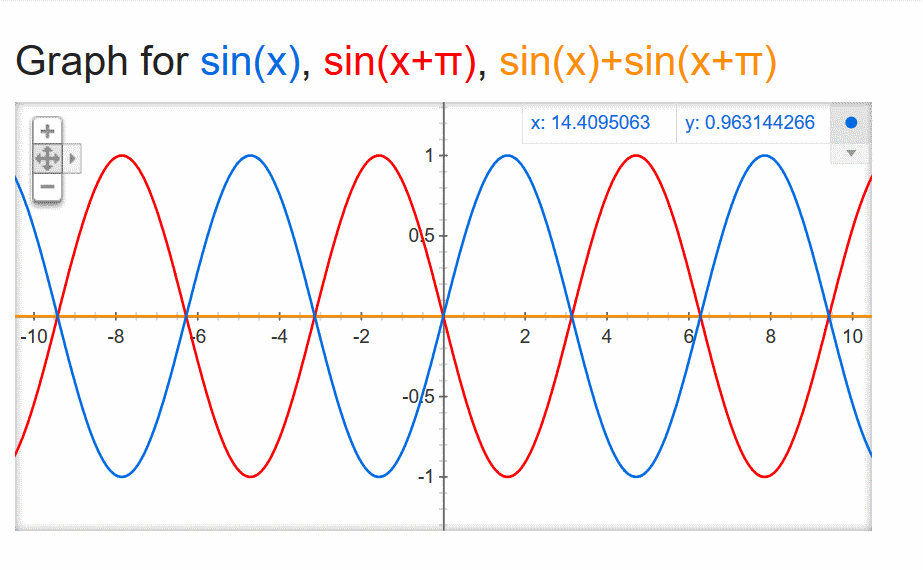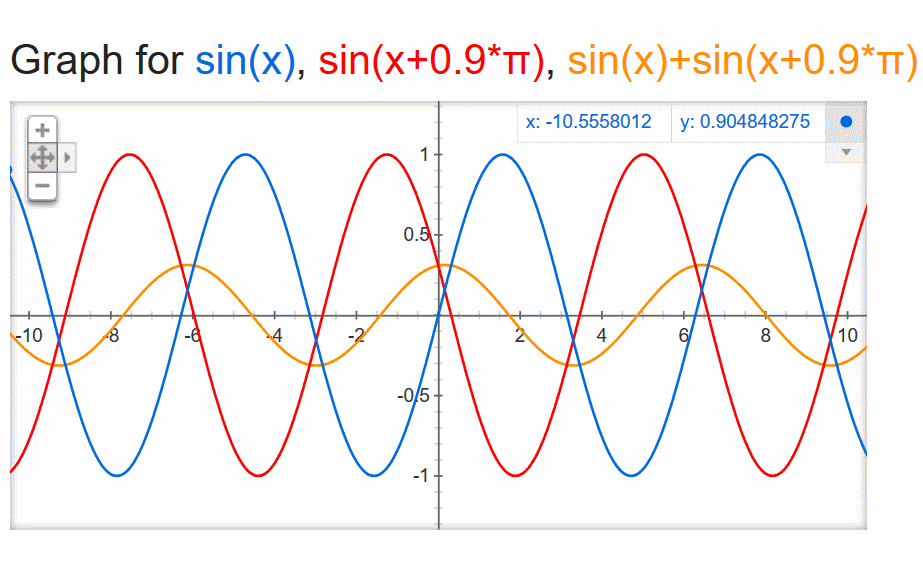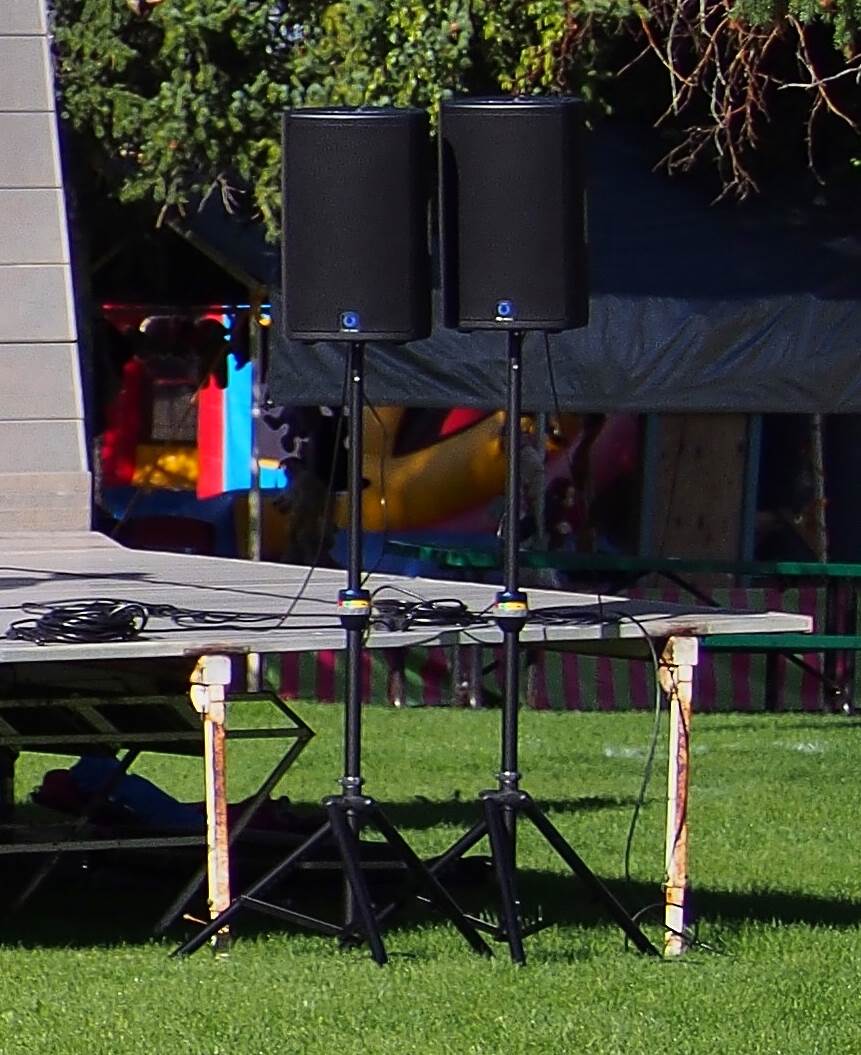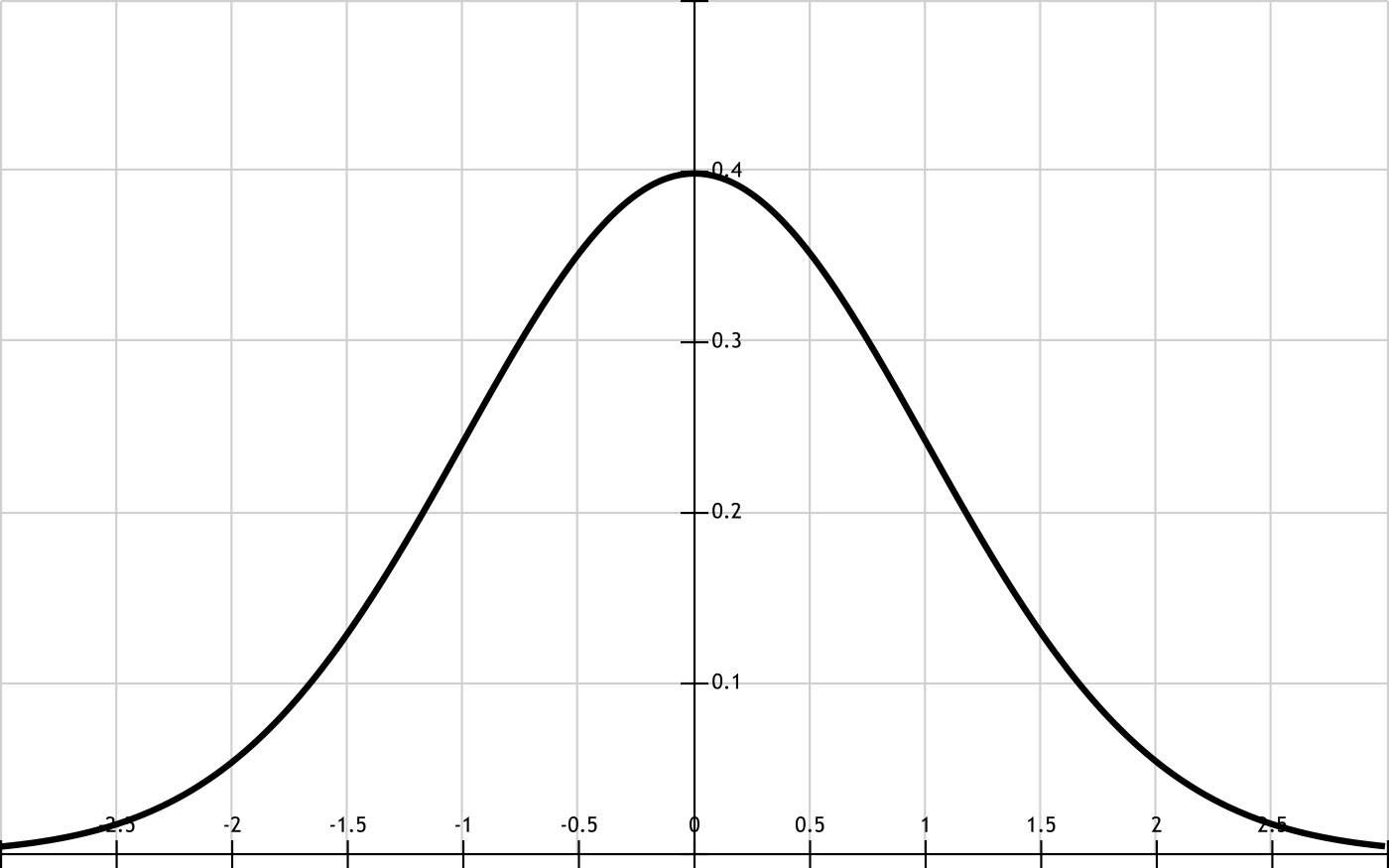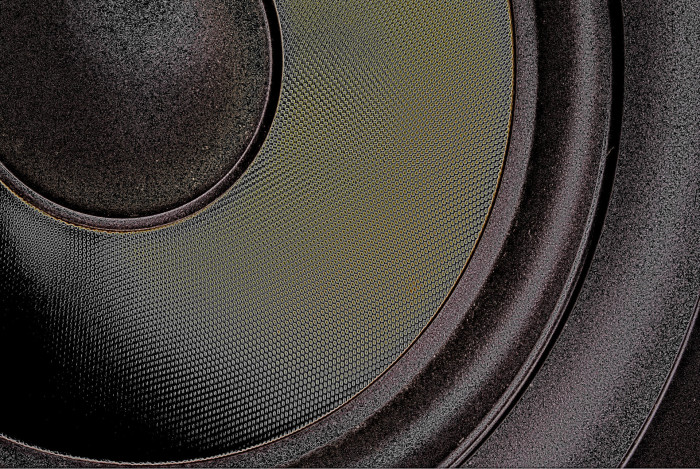A few solutions to the “even coverage” problem, as it relates to distance.
Please Remember:
The opinions expressed are mine only. These opinions do not necessarily reflect anybody else’s opinions. I do not own, operate, manage, or represent any band, venue, or company that I talk about, unless explicitly noted.

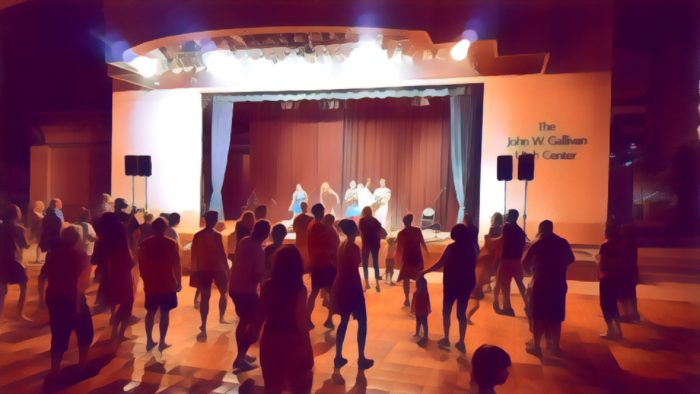 Want to use this image for something else? Great! Click it for the link to a high-res or resolution-independent version.
Want to use this image for something else? Great! Click it for the link to a high-res or resolution-independent version.This article, like the one before it, isn’t really “small venue” in nature. However, I think it’s good to spend time on audio concepts which small-venue folk might still run across. I’m certainly not “big-time,” but I still do the occasional show that involves more people and space. I (like you) really don’t need to get engaged with a detailed discussion regarding an enormous system that I probably won’t ever get my hands on, but the fundamentals of covering the people sitting in the back are still valuable tools.
This article is also very much a follow up to the piece linked above. Via that lens, you can view it as a discussion of what the viable options are for solving the difficulties I ran into.
So…
The way that you get “throw” to the farthest audience members is dependent upon the overall PA deployment strategy you’re using. Deployment strategies are dependent upon the gear in question being appropriate for that strategy, of course; You can’t choose to deploy a bunch of point-source boxes as a line-array and have it work out very well. (Some have tried. Some have thought it was okay. I don’t feel comfortable recommending it.)
Option 1: Single Arrival, “Point Source” Flavor
You can build a tall stack or hang an array with built-in, non-changeable angles, but both cases use the same idea: Any given audience member should really only hear one box (per side) at a time. Getting the kind of directivity necessary for that to be strictly true is quite a challenge at lower frequencies, so the ideal tends to not be reached. Nevertheless, this method remains viable.
I’ve termed this deployment flavor as “single arrival” because all sound essentially originates at the same distance from any given audience member. In other words, all the PA loudspeakers for each “side” are clustered as closely as is practical. The boxes meant to be heard up close are run at a significantly lower level than the boxes meant to cover the far-field. A person standing 50 feet from the stage might be hearing a loudspeaker making 120 dB SPL at 3 feet, whereas the patrons sitting 150 feet away would be hearing a different box – possibly stacked atop the first speaker – making 130 dB SPL at 3 feet. As such, the close-range listener is getting about 96 dB SPL, and the far-field audience member also hears a show at roughly 96 dB SPL.
This solution is relatively simple in some respects, though it requires the capability of “zone” tuning, as well as loudspeakers capable of high-output and high directivity. (You don’t want the up-close audience to get cooked by the loudspeaker that’s making a ton of noise for the long-distance people.)
Option 2: Single Arrival, Line-Array Flavor
As in the point source flavor, you have one array deployed “per side,” with each individual box as close to the other boxes as is achievable. The difference is that an honest-to-goodness line-array is meant to work by the audible combination of multiple loudspeakers. At very close distances, it may be possible to only truly hear a small part of the line, and this does help in keeping the nearby listeners from having their faces ripped off. However, the overall idea is to create a radiation pattern that resembles a section of a cylinder. (Perfect achievement of such a pattern isn’t really feasible.) This is in contrast to point-source systems, where the pattern tends towards a section of a sphere.
As is the case in many areas of life, everything comes down to surface area. A sphere’s surface area is 4*pi*radius^2, whereas the lateral surface area of a cylinder is 2*pi*radius*height. The perceived intensity of sound is the audible radiation spread across the surface area of the radiation geometry. More surface area means less intensity.
To keep the calculations manageable, I’ll have to simplify from sections of shapes to entire shapes. Even so, some comparisons can be made: At a distance of 150 feet, the sound power radiating in a spherical pattern is spread over a surface area of 282,743 square feet. For a 10-foot high cylinder, the surface area is 9424 square feet.
For the sphere, 4 watts of sound power (NOT electrical power!) means that a listener at the 150 foot radius gets a show that’s about 71 dB. For the cylinder, the listener at 100 feet should be getting about 86 dB. At the close-range distance of 50 feet, the cylindrical radiation pattern results in a sound level of 91 dB, whereas a spherical pattern gets 81 dB.
Putting aside for the moment that I’m assuming ideal and mathematically easy conditions, the line-array has a clear advantage in terms of consistency (level difference in the near and far fields) without a lot of work at tuning individual boxes. At the same time, it might not be quite as easily customizable as some point-source configurations, and a real line-source capable of rock-n-roll volume involves a good number of relatively expensive elements. Plus, a real line has to be flown, and with generous trim height as well.
Option 3: Multiple Arrival, Any Flavor
This is otherwise known as “delays.” At some convenient point away from the main PA system, a supplementary PA is set. The signal to that supplementary PA is made to be late, such that the far system aligns pleasingly with the sound from the main system. The hope is that most people will overwhelmingly hear one system over the other.
The point with this solution is to run everything more quietly and more evenly by making sure that no audience member is truly in the deep distance. If each PA only has to cover a distance of 75 feet, then an SPL of 90 dB at that distance requires 118 dB at 3 feet.
The upside to this approach is that the systems don’t have to individually be as powerful, nor do they strictly need to have high-directivity (although it’s quite helpful in keeping the two PA systems separate for the listeners behind the delays). The downside is that it requires more space and more rigging – whether actual rigging or just loudspeakers raised on poles, stacks, or platforms. Additionally, you have to deal with more signal and/ or power runs, possibly in difficult or high-traffic areas. It also requires careful tuning of the delay time to work properly, and even then, being behind or to the side of the delays causes the solution to be invalid. In such a condition where both systems are quite audible, the coherence of the reproduced audio suffers tremendously.
If I end up trying the Gallivan show again, I think I’ll go with delays. I don’t have the logistical resources to handle big, high-output point-source boxes or a real array. I can, on the other hand, find a way to boxes up on sticks with delay applied. I can’t say that I’m happy about the potential coherence issues, but everything in audio is a compromise in some way.
